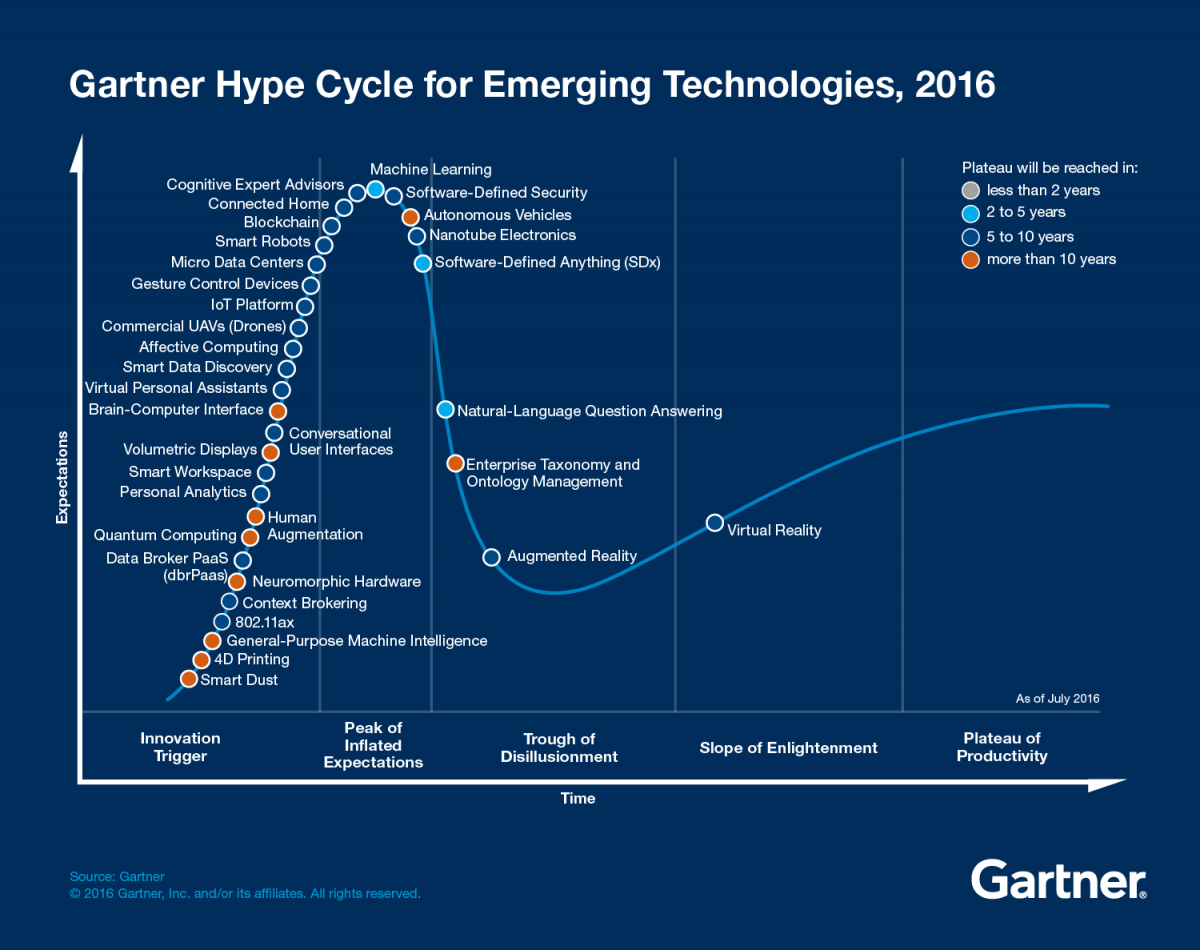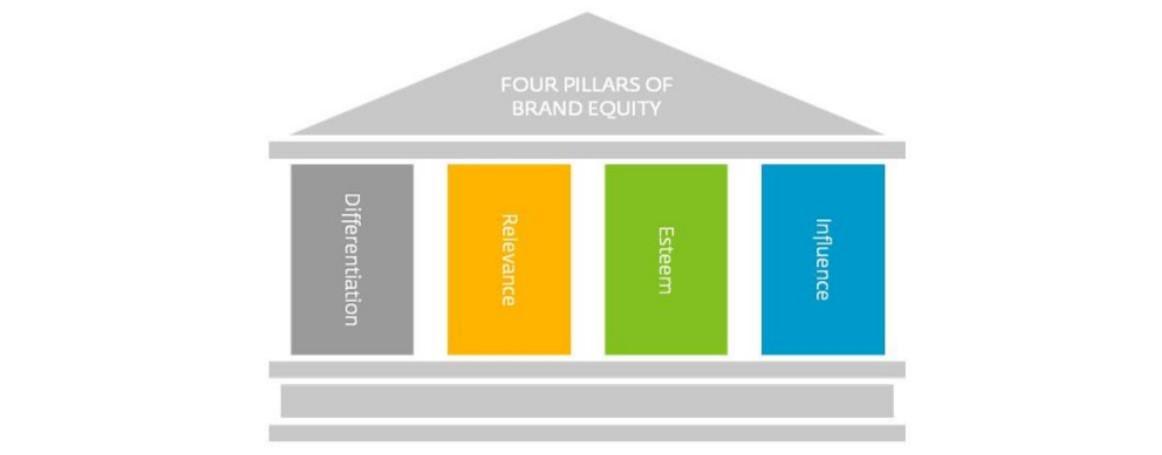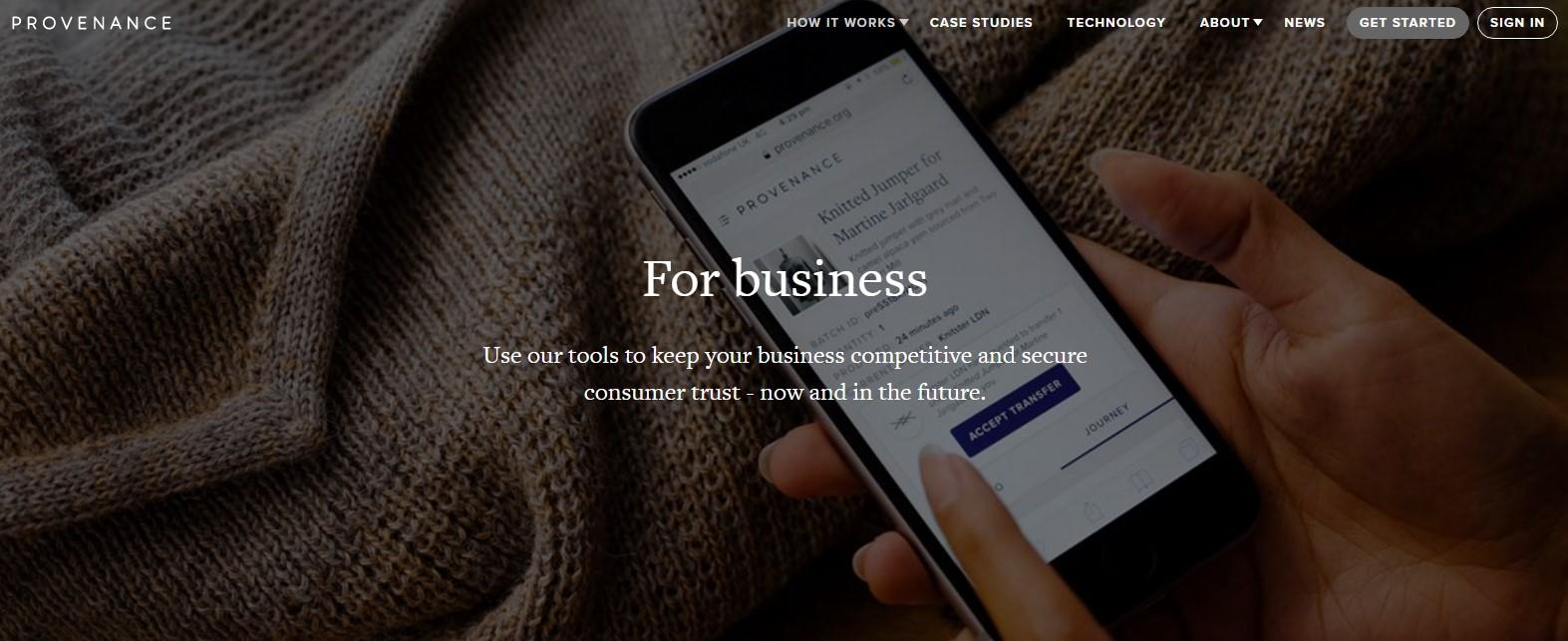

There is no shortage of research on the Blockchain and its implications for disrupting current technologies.
Indeed, while the Blockchain started with grassroots projects supported by underground web communities, it is now gaining traction in mainstream brand applications, such as in tracking the origin of a luxury handbag, or ensuring the quality and delivery of sustainably sourced beef – all examples that are happening here and now.

A brand is a promise but a good brand is a promise kept. With big corporations exploring ways to act small and discovering how to offer a deeper connection to the brand, it becomes evident that the new generation of brands is purpose-driven, with a reason to exist beyond the company’s turnover. They do not target each and every consumer with a single approach, but rather deliver purpose-based messaging, story-telling, and experiences in targeted channels – and all focused on narrower niches – with the ultimate goal of pushing consumer engagement to a higher level. Brands echo their brand promise across all of these actions.
Rather than discuss in-depth the effects of the Blockchain across societies and economies, it is important for brand managers to understand the technology and its consequences for brand management: especially in an age where only a few brands have gone beyond the tactical, entertainment and engagement-driven transparency to successfully imprint a brand story across touchpoints.
This piece challenges why a consistent brand promise is vital and how evolution of the Blockchain enables this, offering 4 real-world examples of Blockchain in branding, and providing 4 implications for branding experts as the technology reaches adoption phase.
Some think that being far removed from IT and digital and the Blockchain rush, this evolution is not of any importance to them. But it does matter.
Much like electricity or the internet, the Blockchain is a general-purpose technology that has systematic effects on the structure of our societies and economies. Any brand’s manager in 1995 was concerned by the internet, and in much the same way any brand manager in 2017 should pay attention to the Blockchain. So: as a brand manager, what is important to know?
The Blockchain evolved with Bitcoin, a crypto-currency (peer-to-peer version of electronic cash). To make Bitcoin secure, a system was needed to track all Bitcoin movements; this system, what we call the Blockchain, acts like a digital ledger, ubiquitous and unchangeable. Similar to the evolution in institutional banking in the 20th century, this system does not require a 3rd party for validation, because the Blockchain is in itself a de-centralized log that protects interests.
Defined by Gartner, the Blockchain is a distributed ledger in which value-exchange transactions are sequentially grouped into blocks. Each block is chained to the previous block and immutably recorded across a peer-to-peer network, using cryptographic trust and assurance mechanisms. Depending on the implementation, transactions include programmable behavior.
Mid-last year Gartner announced the addition of the Blockchain to their “Hype Cycle for Emerging Technologies 2016”, which specifically focuses on technologies showing promise in delivering a high degree of competitive advantage over the next 5 to 10 years, when the technology reaches mainstream adoption.

Although many questions still persist on what the true benefits are, how real the opportunities are and how broad the adoption will be, Gartner explains that the programmable economy, enabled by distributed computational resources evolving from the Blockchain and distributed ledgers, represents a massive transformation of global economic systems, industries and businesses – and that business leaders and policymakers must begin preparing now.
The first opportunity for brands is to reinforce how they deliver their brand promise.
It has always been essential for a brand to deliver upon its promise to consumers. But in today’s digital world, an inconsistency between the brand’s promise and delivery are sometimes instantly fatal. It is true that the digital ecosystem – and with that, all the social media channels – help in bridging the gap between the brand promise and delivery, as it encourages a constant conversation with the target audience and enables communication in a direct and authentic way. As mentioned earlier on, however, there is a real need for brands to go beyond surface-level engagement to show their brand promise across digital dimensions.
A brand’s story, or promise, is a fundamental part of the brand; the inner-beating heart and mojo that lets the brand build up its trust and stay close to its fan base. Brand trust results in the strengthening of brands’ Esteem and further pushes brands’ Influence to let them endure in each of their industries.

On the other hand, a lack of trust is linked to a list of issues, disturbing societal norms and shifts; contradiction between what is being promised and what is realized; brands declaring commitment to a certain set of core values only to disappoint customers at certain times. These actions drain the trust built up in the brand. Contradictions in the brand’s “walk and talk” result inevitably in wide repercussions, as seen with the recent happenings around United Airlines, to name an example.
Now, imagine that it is not even possible to disappoint your customers as a brand; that your delivery of the brand promise is spot-on and delivered consistently each and every time! Guaranteed, 100%.
The idea that the value promised by the brand to its stakeholders is identified, captured, analysed and transferred via digital hard-coded records of transactions, enforced by highly-sophisticated cryptography and validated by a network of computers through a shared registry – all without being dependent on any third-party or middle-man – is the concept of branding with the Blockchain. It allows a brand to build trust directly with customers through experiences backed by hard-coded consistency. Over time, these experiences accumulate and an increasing amount of “trust equity” is formed.
How is all of this applied to brands today?
As any transaction of value has the option of using Blockchain technology in order to meet the need for a trustworthy record, the Blockchain is evolving from a digital currency infrastructure into a platform for digital transformation.
While the lion’s share of the hype around the Blockchain still goes to the financial industry and transactional security, brands here and now are bringing the Blockchain to a brand value level as well.
Example #1: Walmart
A recent example in China is Walmart teaming up with IBM and Tsinghua University in Beijing, using the Blockchain to digitally track pork from field to fork. The private database records the transactions, indicating where and how the meat came to be. This leads to complete transparency in how the meat is sourced, and gives the consumer the feeling of being treated fairly: the data cannot be altered. This links back to the brand’s promise.
Example #2: Shanghai Fashion Week
How is the Blockchain used to market a product in a much more “authentic” way? The fashion brand Babyghost partnered with the Blockchain platform VeChain during the last Fashion Week in Shanghai. The collaboration brings digital experiences to consumers and enables them to build up a personal connection with the products they own by ‘proving’ the authenticity of the product: customers scan the tags on their phones to find the detailed information, or “story”, of each handbag.
Example #3: Open Bazaar
Products and services alike are impacted by the Blockchain. Open Bazaar, an online marketplace similar to what the next generation of eBay could look like, uses the Blockchain to assure members of their store’s safety. The core principle – “no one can take down your store, ever, for any reason” – is hard-coded in the Blockchain. No matter what changes in the company, that brand promise is always delivered, offering vendors security when they set up shop.
Example #4: Provenance
Companies have also emerged that operate as technology specialists in Blockchain, while understanding the basic values of brand trust. Provenance, for example, provides the technology for a completely transparent supply chain, applicable to businesses sourcing fish, fashion, cotton, coffee, flowers, and more. As a result, consumers always know where their order comes from, no matter the industry.

With these examples come several implications about the effect of the Blockchain on brands’ management, both today and in the future.
Whether Blockchain will truly represent a new opportunity for companies to communicate and demonstrate their trustworthiness will be seen in a couple of years, at the start of when mass adoption is projected.
Until then, since brand promises have always mattered to consumers and continue to have a profound impact on business outcomes, there is abundant time to focus and/or refocus on your brand promise and brand experience.
In a research study by Gallup from 2015, the highest-performing companies in their database deliver on their brand promise only 75% of the time, according to their customers. With a high level of customer engagement, these brands already surpass their competitors in terms of profitability, revenue and relationship growth.
No matter the industry or the fact that a brand is product or service, B2B, B2C, or B2B2C-oriented, its brand promise lives and dies by its employees and their ability to consistently act on it… well, still for now that is!
A Labbrand Group Company © 2005-2024 Labbrand All rights reserved
沪ICP备17001253号-3* Will be used in accordance with our Privacy Policy
To improve your experience, we use cookies to provide social media features, offer you content that targets your particular interests, and analyse the performance of our advertising campaigns. By clicking on “Accept” you consent to all cookies. You also have the option to click “Reject” to limit the use of certain types of cookies. Please be aware that rejecting cookies may affect your website browsing experience and limit the use of some personalised features.